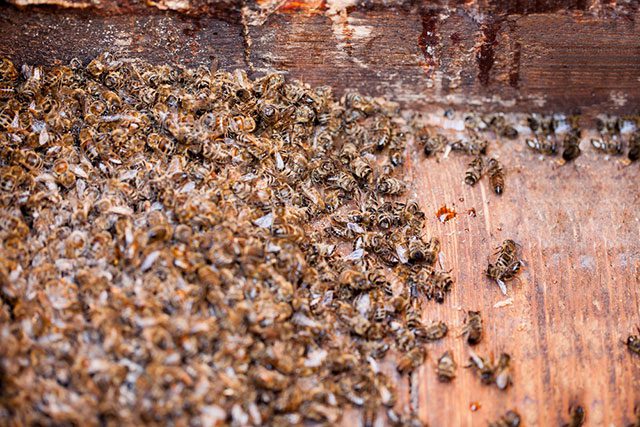Environmentalists and honey producers have long suspected a link between the pesticide and rapidly declining bee populations.
The Environmental Protection Agency (EPA) announced on Wednesday that a preliminary risk assessment of the pesticide imidacloprid shows that the chemical poses a threat to some pollinators, specifically honeybees.
Imidacloprid is one of four neonicotinoid pesticides that honey producers and environmentalists have long suspected to be linked to rapidly declining bee populations in North America and beyond, a phenomenon widely known as colony collapse disorder. The EPA is in the process of reviewing the class of chemicals to determine whether they pose an ecological threat to pollinators, starting with imidacloprid.
Neonictonoids are nicotine-like pesticides that attack the central nervous system of insects and are commonly used to protect seed stocks and kill unwanted foliage-eating bugs like aphids and beetles.
The EPA's preliminary risk assessment of imidacloprid found that the pesticide “potentially poses risk to hives when the pesticide comes in contact with certain crops that attract pollinators,” according to a press statement. The agency found that residues of imidacloprid with a concentration of 25 parts per billion or higher on flowering plants and their nectar are likely to have a negative effect on beehive populations.
Source: EPA Confirms Activists' Longtime Claims: Neonicotinoid Pesticide Threatens Honeybees


